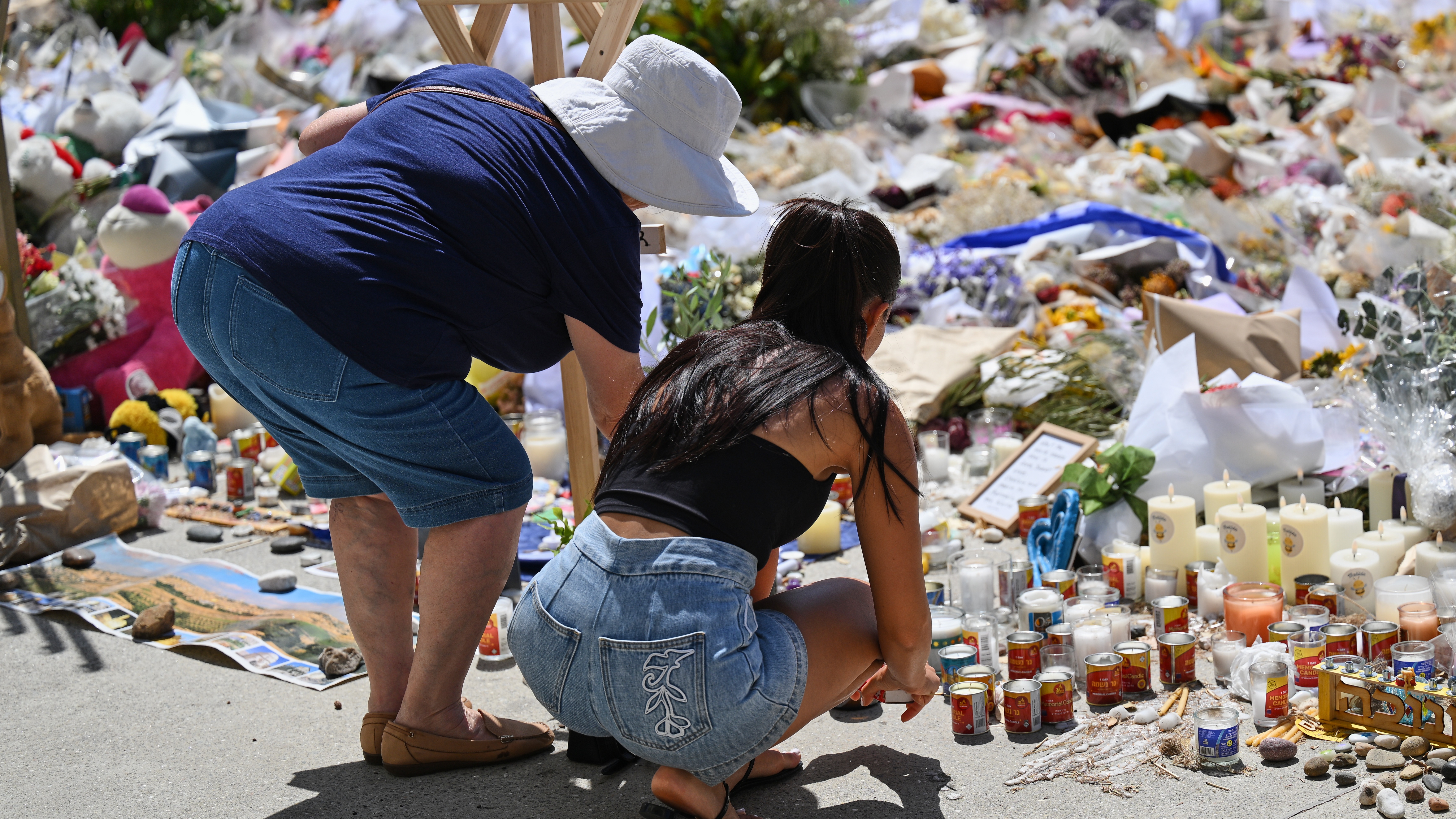The number of monkeypox cases in the UK has risen to 71, health officials have confirmed.
It comes after 14 new cases were identified in England, and a day after the first case in Scotland.
The cases were confirmed by the UK Health Security Agency (UKHSA).
No cases have so far been identified in Wales or in Northern Ireland, the UKHSA has stated.
Dr Susan Hopkins, chief medical adviser at the UKHSA, urged anyone who suspects they might have rashes or lesions on their body to limit their contact with others.
“We are continuing to promptly identify further monkeypox cases in England through our extensive surveillance and contact tracing networks, our vigilant NHS services and thanks to people coming forward with symptoms,” she said.
“If anyone suspects they might have rashes or lesions on any part of their body, particularly if they have recently had a new sexual partner, they should limit their contact with others and contact NHS 111 or their local sexual health service as soon as possible, though please phone ahead before attending in person.”
Where did monkeypox come from?
The virus was first identified in 1958 in the Congo, in Central Africa.
It was identified in a group of monkeys who were part of some small pox work.
The virus was first identified in humans in the 1970s.
In Central and Western Africa, rodents and small mammals are the source of transmission.
There was a monkeypox outbreak in the US back in 2003, which investigators determined was caused by a shipment of animals from Ghana to Texas.
The variant that has been identified in the UK is from West Africa, a milder form of the disease.
Follow STV News on WhatsApp
Scan the QR code on your mobile device for all the latest news from around the country



























